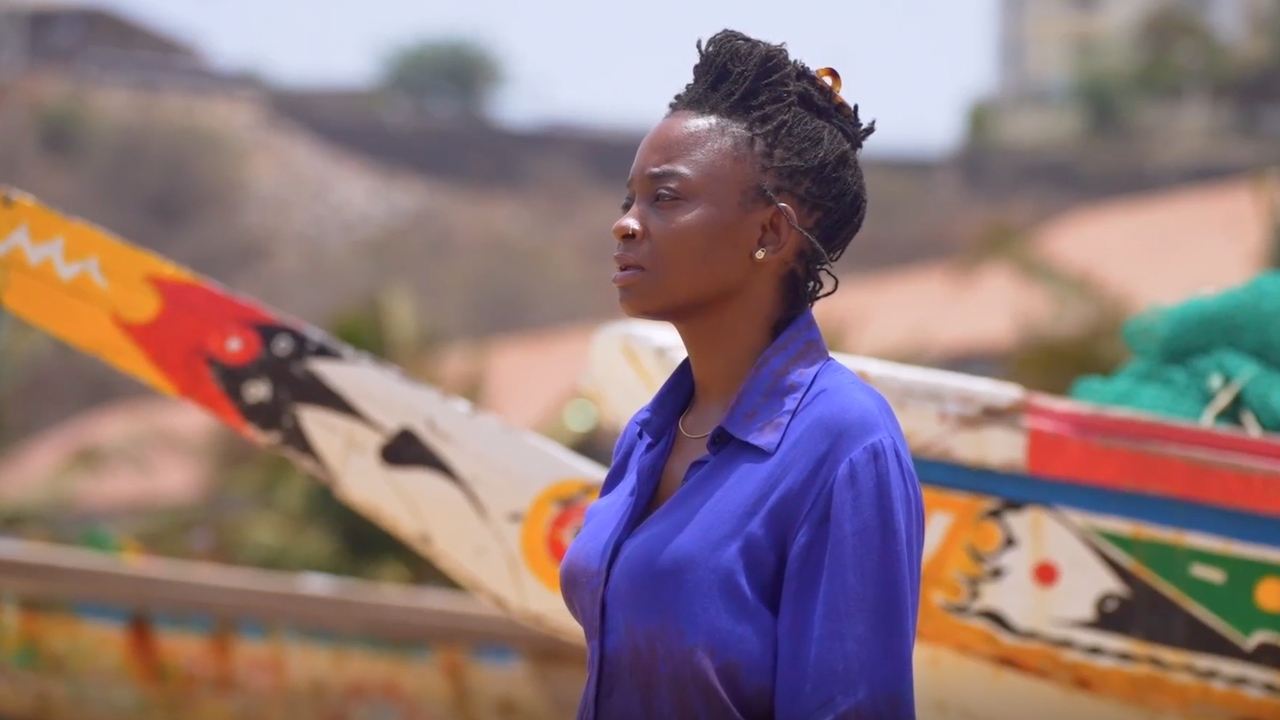Heavens Above
At Wysing Arts, in rural Cambridgeshire, the Danish art collective A Kassen have been producing their new video work, Minus Roof, which will be unveiled this Saturday. They enlisted the help of a pilot at the local airfield, who supplied them with a plane from which they filmed Wysing’s gallery from the air. Meanwhile, a camera inside the space filmed the Cambridgeshire skies through a wide gap that the artists had made in the roof. The two videos will be shown side by side, the roof having been replaced.

Perhaps the most interesting part of the project will be hidden in the final work: the artists’ engagement of the group of men who seem to operate the rather dilapidated airfield almost as a hobby. Many concrete runways remain in East Anglia’s flat landscape from World War II, only a few of them are still in use. When A Kassen asked for directions to the airfield, even the village’s postman didn’t know how to reach it. If Minus Roof can be interpreted as a reflection on the various types of distance implicit between the viewer, the art work, the artist and the gallery, then it is an amusing irony that despite the artists’ attempt to include members of the local community in Wysing’s programme, they actually positioned them several hundred feet above the gallery itself.

It was with a cautious eye on these underlying themes of distance that I, as a visiting critic, accepted a ride in the tiny plane that flew over the gallery. My knuckles grew whiter when, as the plane bounced down the cracked and weedy runway for take-off, the pilot commented: ‘This runway’s completely shot full of potholes. We shouldn’t really use it, but we still have a licence for it, so here goes …’.

I was cast back to some thoughts I’d had recently on the moon landings, prompted by the BFI’s ‘One Giant Leap’ season commemorating the 40th anniversary of the Apollo 11 mission. Despite the magical achievement of sending human beings into the skies, even so far as to land on the moon, what’s really revealing is not the perspective looking outwards, but the view back to earth.

At Wysing Arts, in rural Cambridgeshire, the Danish art collective A Kassen have been producing their new video work, Minus Roof, which will be unveiled this Saturday. They enlisted the help of a pilot at the local airfield, who supplied them with a plane from which they filmed Wysing’s gallery from the air. Meanwhile, a camera inside the space filmed the Cambridgeshire skies through a wide gap that the artists had made in the roof. The two videos will be shown side by side, the roof having been replaced.
Perhaps the most interesting part of the project will be hidden in the final work: the artists’ engagement of the group of men who seem to operate the rather dilapidated airfield almost as a hobby. Many concrete runways remain in East Anglia’s flat landscape from World War II, only a few of them are still in use. When A Kassen asked for directions to the airfield, even the village’s postman didn’t know how to reach it. If Minus Roof can be interpreted as a reflection on the various types of distance implicit between the viewer, the art work, the artist and the gallery, then it is an amusing irony that despite the artists’ attempt to include members of the local community in Wysing’s programme, they actually positioned them several hundred feet above the gallery itself. 
It was with a cautious eye on these underlying themes of distance that I, as a visiting critic, accepted a ride in the tiny plane that flew over the gallery. My knuckles grew whiter when, as the plane bounced down the cracked and weedy runway for take-off, the pilot commented: ‘This runway’s completely shot full of potholes. We shouldn’t really use it, but we still have a licence for it, so here goes …’. 
I was cast back to some thoughts I’d had recently on the moon landings, prompted by the BFI’s ‘One Giant Leap’ season commemorating the 40th anniversary of the Apollo 11 mission. Despite the magical achievement of sending human beings into the skies, even so far as to land on the moon, what’s really revealing is not the perspective looking outwards, but the view back to earth. 















